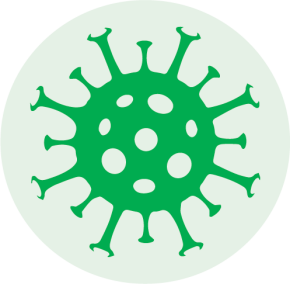
index
EDCTP portfolio: Emerging diseases


Mapping the spread of COVID-19 in Zambia
The TREATS-COVID project is taking advantage of an existing EDCTP-funded project to rapidly gain a better picture of COVID-19 transmission in an urban setting in Zambia.

The challenge
Sub-Saharan Africa may be differentially affected by COVID-19. There is no guarantee that the features of the epidemic seen in high-income countries will be exactly the same in resource-poor settings in sub-Saharan Africa.
Many factors may influence how the COVID-19 epidemic plays out in the region. The simultaneous presence of HIV and TB epidemics alongside COVID-19 is one critical factor. Social and behavioural differences in response to COVID-19 may also be seen, given widespread social disadvantage and living conditions that present challenges to social distancing and good hygiene practices.

The project
Taking advantage of the infrastructure provided by the EDCTP-funded TREATS project, the TREATS-COVID project is gaining a deeper understanding of the spread of COVID-19 in an urban population of Zambia.
The TREATS project is working closely with a community of around 28,000 that has been involved in research studies for many years. All households will be visited, and people aged 15 years and above will be screened for symptoms of COVID-19. Cases and their household contacts will be followed up and contact tracing undertaken. All people of 15 years and above will be screened for symptoms of COVID-19. A second study will test 4000 people for past infection, as well as for HIV and TB infection.
Reliable and convenient tests are essential for monitoring the COVID-19 epidemic. The TREATS-COVID project will evaluate a range of potential community-based point-of-care tests to detect SARS-CoV-2 and antibodies to the virus. These will include a novel computer-aided diagnostic tool for interpretation of chest X-rays that has been developed by one of the project partners, initially for TB but since adapted for COVID-19.
The project team will use the information collected to develop models of COVID-19 transmission that better reflect the local situation, and extrapolate them to wider populations. The project will also take advantage of its excellent links to local communities to explore perceptions and responses to the COVID-19 epidemic.

Impact
With an existing interdisciplinary team in place, the TREATS-COVID project can rapidly gather data on the COVID-19 epidemic in a site that is representative of many urban settings in sub-Saharan Africa. It will be able to generate a clearer picture of the transmission of SARS-CoV-2, the role of asymptomatic infections, and the impact of HIV and TB infections. The project will also gain valuable insight into additional elements of the epidemic, such as stigmatisation and economic impacts. The data will be used to develop locally tailored models that can be used to test intervention strategies and inform local context-specific and culturally appropriate public health responses.

EDCTP portfolio: HIV & HIV-associated infections
The CHAPAS trials have ensured that many more children with HIV have benefited
from life-saving antiretrovirals.

Bringing antiretroviral drugs to children
“
test the safety and efficacy of this new formulation in young children
”



Sub-Saharan Africa may be differentially affected by COVID-19. There is no guarantee that the features of the epidemic seen in high-income countries will be exactly the same in resource-poor settings in sub-Saharan Africa.
Many factors may influence how the COVID-19 epidemic plays out in the region. The simultaneous presence of HIV and TB epidemics alongside COVID-19 is one critical factor. Social and behavioural differences in response to COVID-19 may also be seen, given widespread social disadvantage and living conditions that present challenges to social distancing and good hygiene practices.
The challenge
The later CHAPAS-3 trial compared the efficacy and safety of three fixed-dose combinations including two without stavudine (found to have some long-term side effects in adults, leading to a recommendation that its use be discontinued in children). The trial the first of its kind in Africa studied nearly 500 children at four sites in two African countries.
The project
Taking advantage of the infrastructure provided by the EDCTP-funded TREATS project, the TREATS-COVID project is gaining a deeper understanding of the spread of COVID-19 in an urban population of Zambia.
The TREATS project is working closely with a community of around 28,000 that has been involved in research studies for many years. All households will be visited, and people aged 15 years and above will be screened for symptoms of COVID-19. Cases and their household contacts will be followed up and contact tracing undertaken. All people of 15 years and above will be screened for symptoms of COVID-19. A second study will test 4000 people for past infection, as well as for HIV and TB infection.
Reliable and convenient tests are essential for monitoring the COVID-19 epidemic. The TREATS-COVID project will evaluate a range of potential community-based point-of-care tests to detect SARS-CoV-2 and antibodies to the virus. These will include a novel computer-aided diagnostic tool for interpretation of chest X-rays that has been developed by one of the project partners, initially for TB but since adapted for COVID-19.
The project team will use the information collected to develop models of COVID-19 transmission that better reflect the local situation, and extrapolate them to wider populations. The project will also take advantage of its excellent links to local communities to explore perceptions and responses to the COVID-19 epidemic.
Projects: Children with HIV in Africa Pharmacokinetics and Adherence of Simple Antiretroviral Regimens (CHAPAS): CHAPAS-1 and -3
Project lead: Professor Chifumbe Chintu, University Teaching Hospital, Zambia (CHAPAS-1); Dr Veronica Mulenga, University Teaching Hospital, Zambia (CHAPAS-3)
Target population(s): Children with HIV
Sample size: 71 (CHAPAS-1); 480 (CHAPAS-3)
Countries involved: Ireland, the Netherlands, the UK, the USA, Zambia (CHAPAS-1); Uganda, Zambia (CHAPAS-3)
Project duration: 2005–2009 (CHAPAS-1); 2010 –2011 (CHAPAS-3)
EDCTP funding: €1.2M (CHAPAS-1); €4.6M (CHAPAS-3)
Total project funding: €1.2M (CHAPAS-1); €5.0M
L’homme RF et al. Nevirapine, stavudine and lamivudine pharmacokinetics in African children on paediatric fixed-dose combination tablets. AIDS. 2008;22(5):557–65.
Mulenga V et al. Abacavir, zidovudine, or stavudine as paediatric tablets for African HIVinfected children (CHAPAS-3): an open-label, parallel-group, randomised controlled trial. Lancet Infect Dis. 2016;16(2):169–79.
WHO. Guidelines on the use of antiretroviral drugs for treating and preventing HIV infection: recommendations for a public health approach. 2010.
WHO. Consolidated guidelines on the use of antiretroviral drugs
for treating and preventing
HIV infection: Recommendations for a public health approach
(second edition). 2016
Impact
ratios forfixed-dose combinations and on appropriatedosage according to weight.
The CHAPAS-3 trial confirmed the effectiveness of fixed-dose combinations, providing further impetus to the rollout of antiretrovirals to children. Its evidence on abacavir informed the WHO recommendation of abacavir-containing combinations for first-line therapy in children. Trial data have also been used to support applications for regulatory approval for new scored efavirenz tablets.
With an existing interdisciplinary team in place, the TREATS-COVID project can rapidly gather data on the COVID-19 epidemic in a site that is representative of many urban settings in sub-Saharan Africa. It will be able to generate a clearer picture of the transmission of SARS-CoV-2, the role of asymptomatic infections, and the impact of HIV and TB infections. The project will also gain valuable insight into additional elements of the epidemic, such as stigmatisation and economic impacts. The data will be used to develop locally tailored models that can be used to test intervention strategies and inform local context-specific and culturally appropriate public health responses.